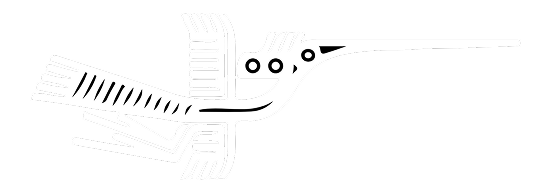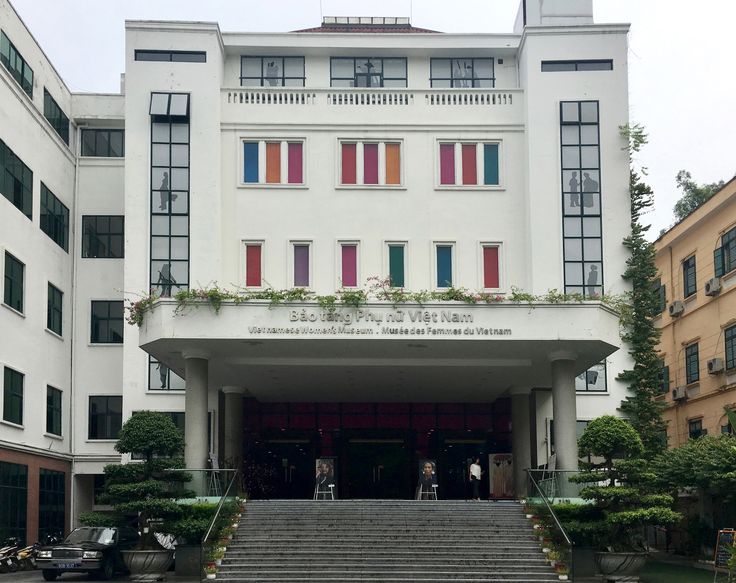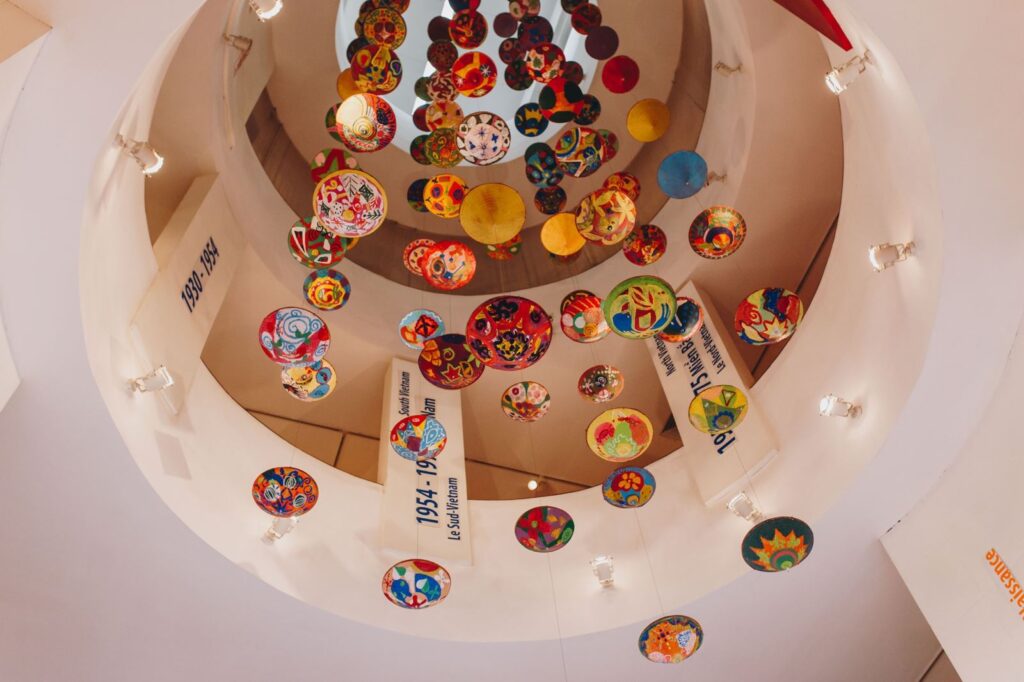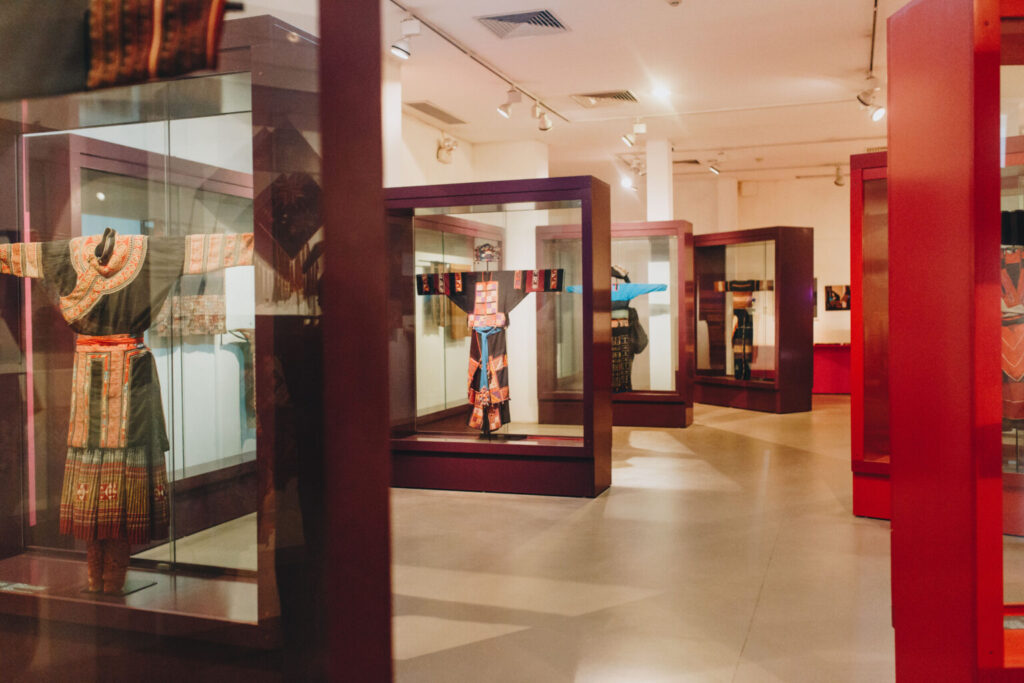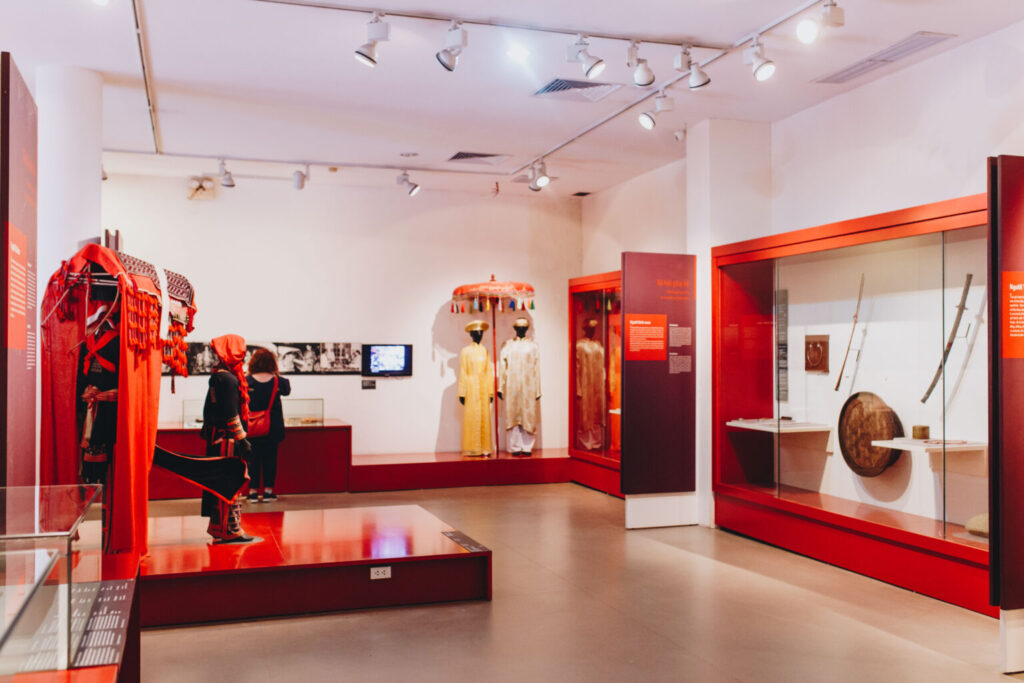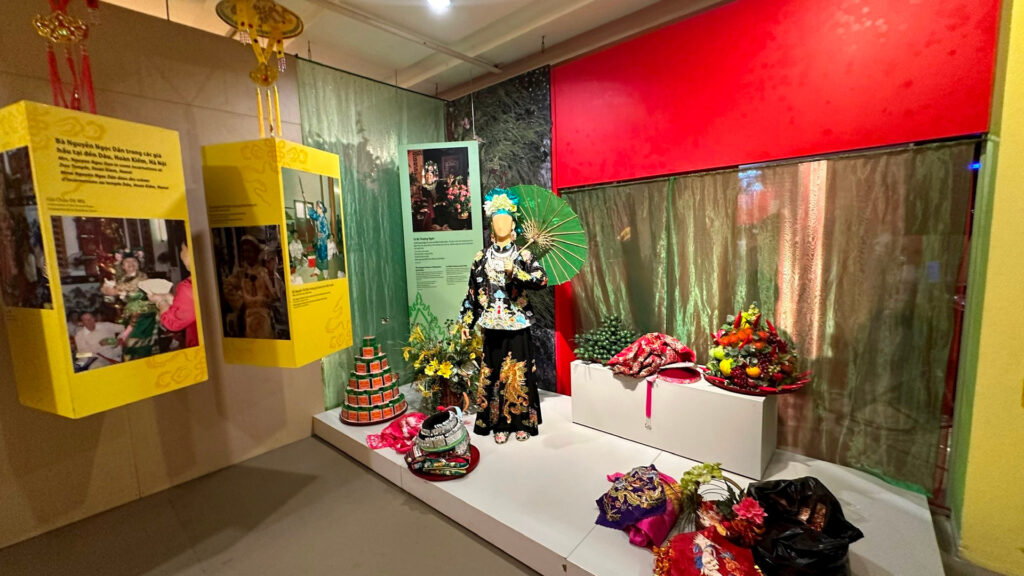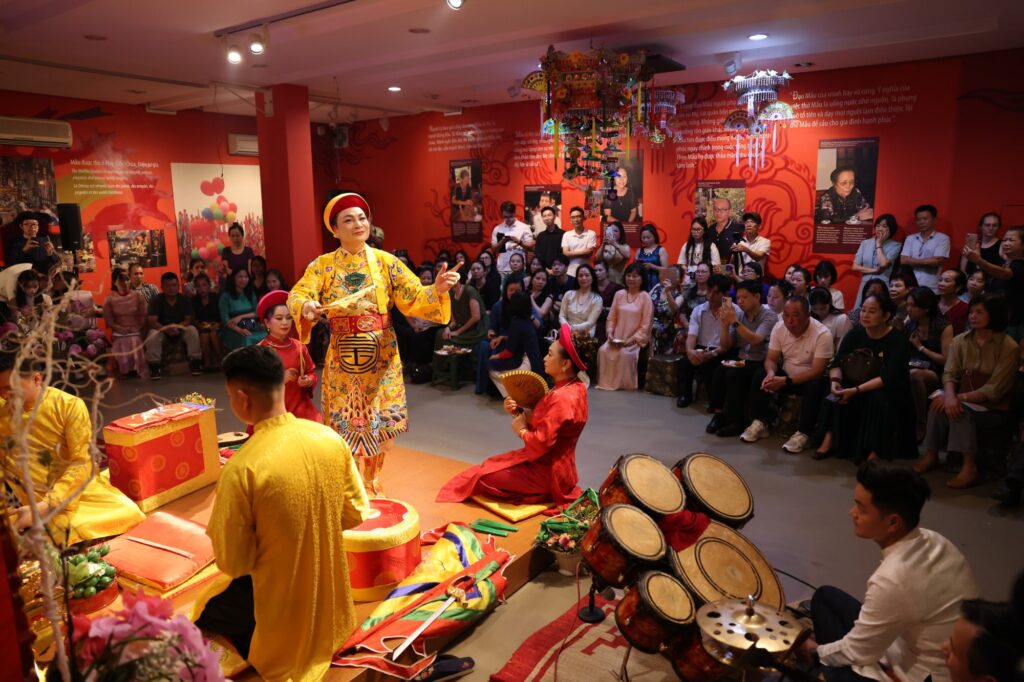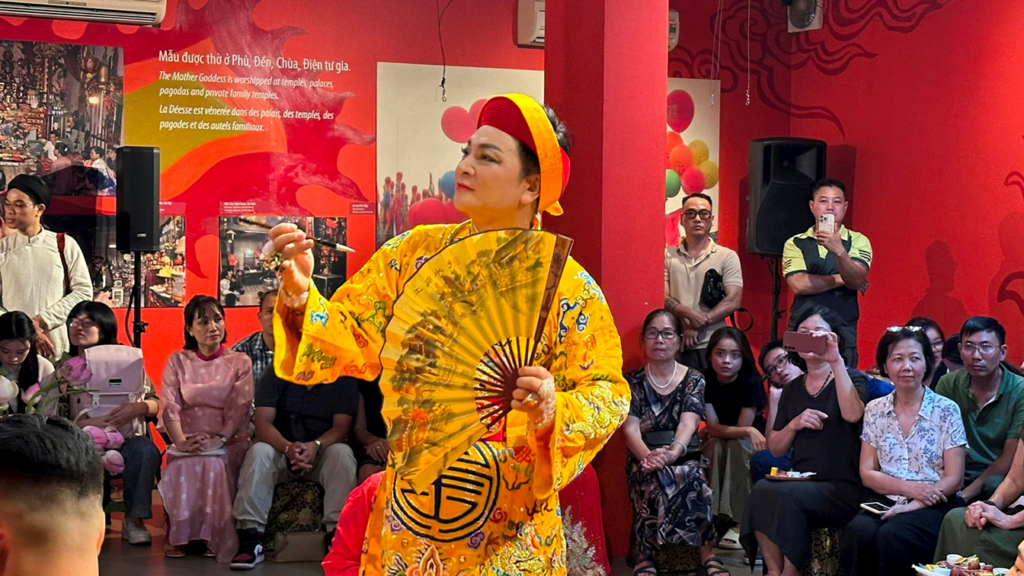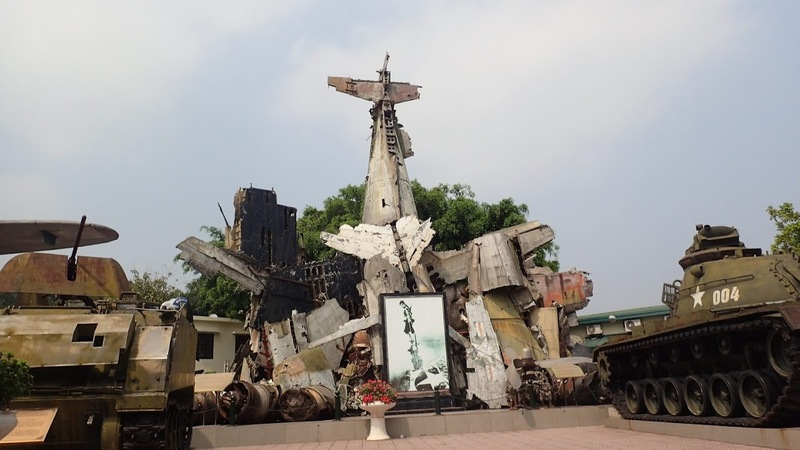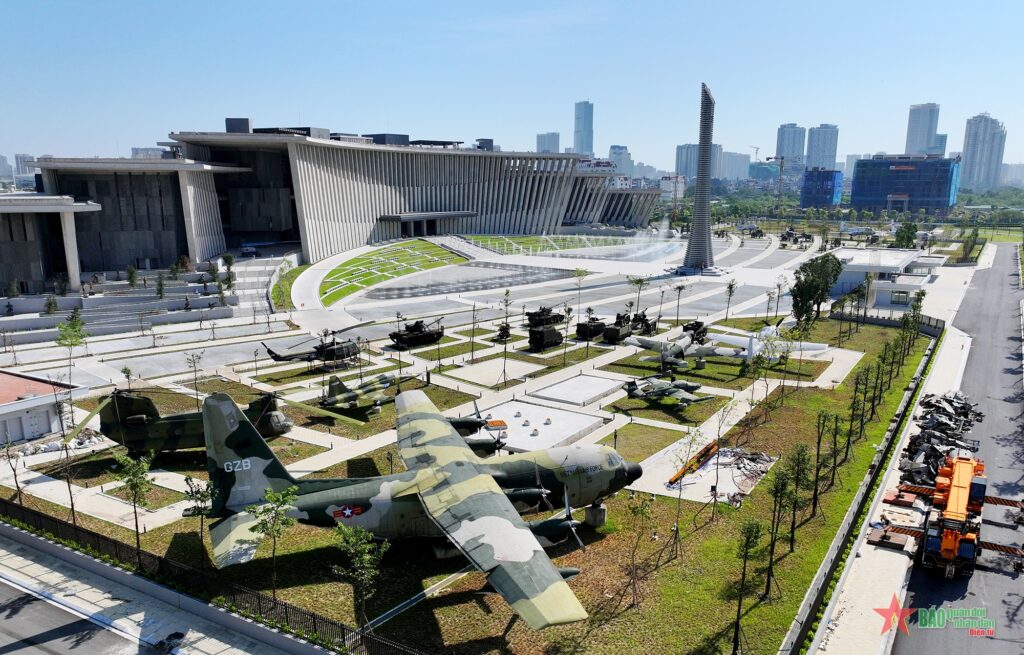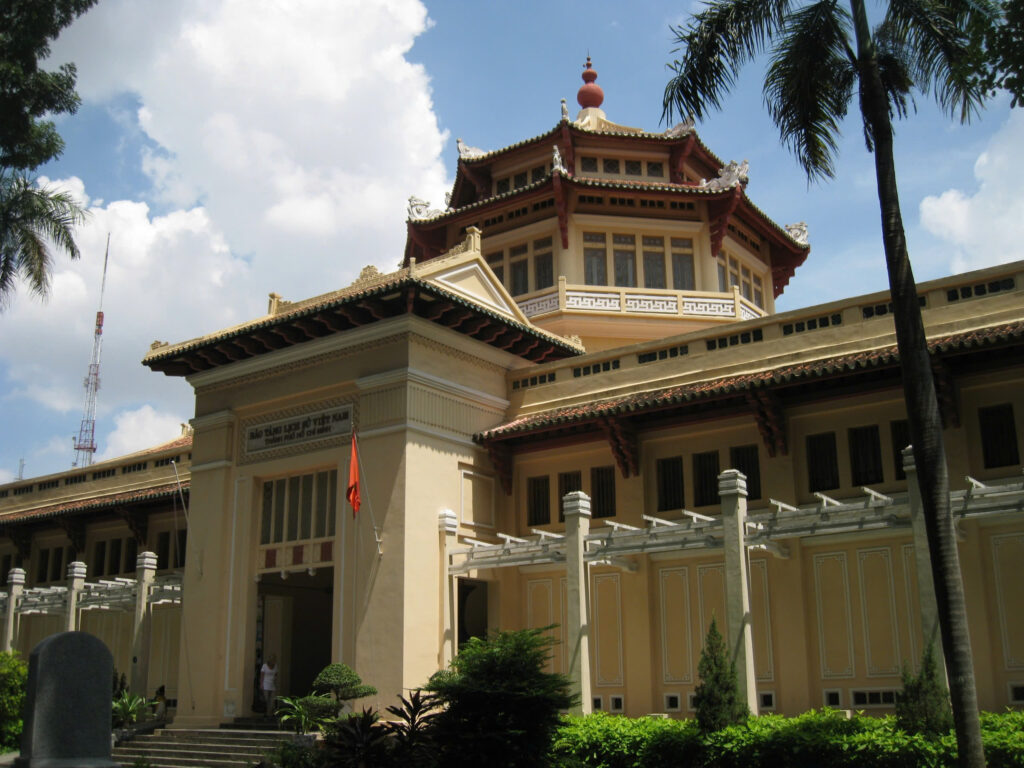Location: 36 Ly Thuong Kiet Street, Hang Bai Ward, Hoan Kiem District, Hanoi.
Opening hours: Daily from 8:00am – 5:00pm
Ticket price:
- Adults: 40,000 VND/turn
- Children/Students: 10,000 VND/turn
- Students/Members of the Vietnam Women’s
- Union: 20,000 VND/turn
Contact: (+84-4) 38259936
Email: info@baotangphunu.org.vn
Website: baotangphunu.org.vn/
Vietnamese Women’s Museum
Year
From 1987
Location
Hanoi
Vietnam is one of the countries with a matriarchal system that has lasted and is deeply rooted in the national culture. Since the beginning of the world, the mark of women has been deeply imprinted in all artifacts and historical evidence. Through countless wars, their images have always occupied an important position, such as the story of My Chau – Trong Thuy, Hai Ba Trung riding elephants to fight the enemy, Ba Trieu waving the flag of uprising… to the women who shared the hardships with their husbands, carried their children to fight off invaders, heroic Vietnamese mothers… The Vietnamese Women’s Museum – founded by a heroic woman, is one of the places that preserves relics about Vietnamese women, their lives and their indispensable position in the historical process.

HISTORY
Mrs. Nguyen Thi Dinh was a resilient “female general” who crossed the sea and opened the “Ho Chi Minh Trail” on the sea for the resistance war against the US. She was also the leader of the “legendary long-haired army”. It was Mrs. Nguyen Thi Dinh who laid the foundation for the Vietnam Women’s Museum with the saying “This cause of women’s liberation must be shouldered by women, it cannot be done by men…”. At that time, she was the former Vice President of the State Council of Vietnam, former President of the Vietnam Women’s Union.
The Vietnam Women’s Museum was established to preserve documents, relics, evidence… of the historical period with the desire to educate future generations. The Vietnam Women’s Museum project is considered a promise to women nationwide by Mrs. Nguyen Thi Dinh. When she passed away, on Mrs. Dinh’s desk there was a complaint letter from a woman asking for help from Mrs. Dinh. “Until the last moment, Aunt Ba still took care of women”, Mrs. Truong My Hoa – former Vice President of the country recounted.

Throughout its development, the Museum has gone through memorable milestones:
- 1987: The Vietnamese Women’s Museum was established.
- 1995: The Museum officially opened to visitors.
- 2010: The Museum was introduced to the public with a new look including an exhibition system with three themes: Women in the family, Women in history and Women’s fashion.
- 2015 – 2016: Ranked in the top 25 most attractive museums in Asia, received the award “Vietnamese Women 2015” and “Top tourist attraction in Vietnam”.
SPACE
Taking care of the museum’s architecture, Mrs. Dinh also sent Mrs. Ngan to Ho Chi Minh City to meet architect Ngo Viet Thu to invite him to design the museum. But because of his old age, Mr. Thu recommended his son, architect Ngo Viet Nam Son, to replace him.
The Vietnamese Women’s Museum is designed with four floors of exhibitions, each floor offering a unique perspective on the role and life of Vietnamese women through the ages.
The first floor is a souvenir shop, where visitors can find gifts bearing the mark of Vietnamese culture.
The second floor recreates the life of traditional Vietnamese women through artifacts associated with each stage of their lives, from birth, marriage to motherhood, reflecting the customs and practices of many different ethnic groups. In addition, this floor also has an exhibition on Mother Goddess worship and emphasizes the important role of women in daily life.
The third floor honors heroic women of Vietnam, especially heroic Vietnamese mothers. Here, visitors can watch documentaries, videos, as well as propaganda posters about the role of women in the nation’s resistance wars.
The 4th floor is a space dedicated to the theme of women’s fashion, displaying traditional costumes of 54 ethnic groups, along with techniques of makeup, weaving, silver jewelry making and teeth. In particular, the exhibition “Ao Dai through the ages” helps visitors better understand the development of the Vietnamese ao dai. In addition, this floor also introduces traditional customs such as wrapping scarves or blackening teeth.
In addition to the exhibition areas, the museum also has many amenities such as a cafe, free wifi, lockers and toilets for the disabled, creating the most convenient conditions for visitors when visiting.
TYPICAL ARTIFACTS
Exhibition of Mother Goddess Worship
In Vietnamese history, that was the time when women played the strongest and most profound role. Because that was the time when ancient Vietnamese society, although following the trend of shifting to a patriarchal and patriarchal society, was basically still a matriarchal society and by the time of the Trung Sisters, it was a matriarchal regime.
The exhibition of Mother Goddess Worship at the Vietnam Women’s Museum introduces the core values of the belief through the voices and experiences of people following Mother Goddess worship in Hanoi and some northern provinces, contributing to raising the understanding of a unique folk belief with lasting vitality of the Vietnamese people. The exhibition includes four themes: Mother Goddess – Heart – Beauty – Joy corresponding to the four typical colors of the Four Palaces: red (Thien Phu – the sky), white (Thoai Phu – the water), yellow (Dia Phu – the land) and green (Nhac Phu – the forest).
This belief is not only expressed in the worship or belief of the people but also in the ritual of Hau Dong, the performing arts, the costumes, the interaction between the performers and the audience, the music and the offerings. Therefore, it is a symbol of the unique cultural beauty of the Vietnamese people.
Mother worship is the custom of worshiping goddesses from primitive times representing nature such as Mother Earth, Mother Water, Mother Rice… because in the process of making a living, people always have to rely on nature, the earth and sky, so they worship natural phenomena such as the supreme being Mother and worship Mother, with the hope that Mother will protect and shelter their lives to be peaceful and prosperous. Therefore, the belief in Mother worship at this time is the trust, admiration, honor and worship of goddesses who are believed to have supernatural abilities, can control natural phenomena according to the law to protect and shelter human life.
Over time, the concept of Mother Goddess has been increasingly expanded to include heroines, queens, princesses, or the ancestors of a family lineage, the ancestors of a craft village, etc. In folklore, Mother Goddesses are also women who emerged in history as protectors, who were talented and contributed to the country and the people when they were alive, and when they died, they appeared to bless people and things to be prosperous. These characters are respected, worshiped, and eventually deified to become one of the incarnations of the Holy Mother Goddess. They are deities with both miraculous powers and are tolerant mothers who protect and shelter, both mysterious and familiar.
Through the history of formation and development, the Mother Goddess worship in Vietnam has developed into the Three Palaces (Thien Phu, Nhac Phu, Thoai Phu) and then the Four Palaces with the addition of Dia Phu. Around the 16th century, besides the need for internal development of the Mother Goddess worship that existed before, as well as the desire and aspiration of the masses, the Mother Goddess religion in Vietnam had the appearance of the Holy Mother Lieu Hanh. According to folk beliefs, she was a fairy who descended to earth, then converted to Buddhism and was honored as “Mother of the world”, or the incarnation of the Mother of Heaven – the daughter of the Jade Emperor. It was her appearance that made the Mother Goddess worship of the Three Palaces and Four Palaces in our country develop even more strongly and raise it to a higher, more comprehensive level.
With its unique and outstanding values, on December 1, 2016, at the 11th session of the UNESCO Intergovernmental Committee for the Safeguarding of Intangible Cultural Heritage held in Addis Ababa (Ethiopia), Vietnam’s Mother Goddess Worship was officially listed on the List of Intangible Cultural Heritage of Humanity.
